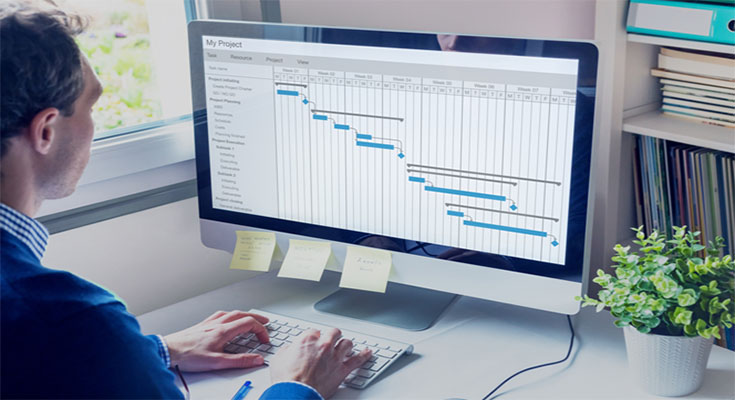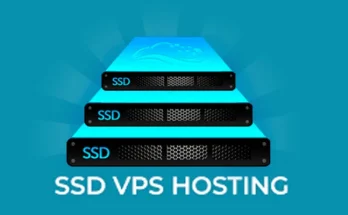Before we will discover the best employee scheduling & shift planning software let’s take a look at its purpose. Knowing how many employees are available for shifts is vital when it comes to scheduling. This way, employers can call those who are available to fill extra shifts when they arise. Additionally, they can contact those who are ill or experience emergencies. Employers should also know what local laws and regulations apply before scheduling staff. Overtime pay, required breaks, and local labor laws can be important considerations. Overtime hours may require double-time pay in some jurisdictions.
Predicting future activity levels of employees
The main purpose of employee scheduling is to match employees’ current activity levels to the company’s expected activities. It must consider factors such as skills and time constraints, employment contracts, and labor laws. Agent engagement is another key function. Real-time management enables managers to identify deviations from the original plan and to take immediate corrective actions. Reporting and analysis tools also help managers constantly improve their business processes and optimize staffing levels.
Improving communication with employees
One of the biggest challenges to successful scheduling is maintaining effective communication. The best scheduling managers can’t just “give orders” and hope employees’ expectations will change. They must listen carefully and seek solutions with them. When you schedule employees, try to listen to their concerns and work with them to find a solution. Then, avoid spending hours trying to change the schedule, and instead, allow them to work with you to resolve their concerns.
The first step to good communication is listening. Good managers and leaders listen to employees carefully and thoroughly. People appreciate a manager who takes the time to understand their viewpoint. Make an effort to focus on employees’ input, and then follow up by asking questions if you want more information. This way, employees will know that their input is valuable. In addition to that, good managers are always willing to follow up. They listen to their employees to establish trust and credibility.
Message timing is another crucial element of effective communication. It is easy to miss important details when delivering them to preoccupied employees. The “in-one-ear-out-of-the-other” syndrome can be a huge problem when communication occurs during shift time. Providing important shift information regularly can help lower the error rate and empower your employees to seek out information when needed.
Improving employee performance
If you’re looking to improve employee performance, employee scheduling can be one of the most effective ways. This approach has numerous benefits, and it will benefit all types of businesses – startups, small businesses, and enterprises.
Having an open communication policy with employees is vital for improving performance levels. Employees who don’t report in on time will often not be productive. You must ensure that employees can voice their concerns and get their complaints addressed. An open line of communication between employees and management is essential to creating a culture of trust and productivity. Communication is key to improving employee efficiency, so stay in touch with employees. After all, their feedback will make them work more efficiently for you.
Clear expectations and directions are crucial for a happy workforce. Clear expectations will reduce conflict and boost employee engagement. When employees know exactly what they have to do, they’ll work more efficiently and with a higher level of satisfaction. And having frequent communication with employees can help them achieve the work-life balance they deserve. Improving employee performance through employee scheduling can help you achieve this goal! So what are you waiting for? Get started today!





